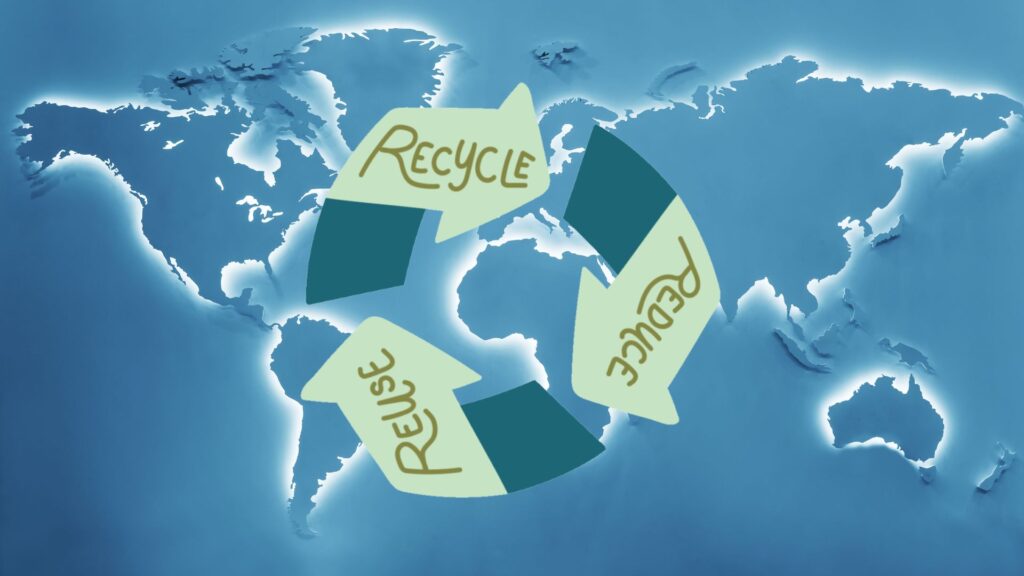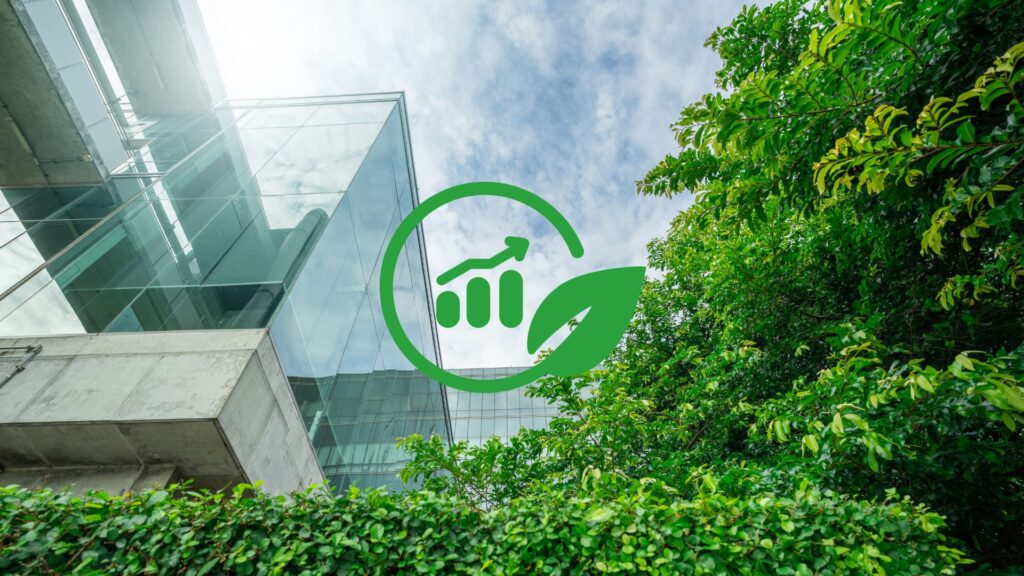Bonito and Fundtur MS: A Strategic Partnership for Global Leadership in Sustainable Tourism
The Future of Sustainable Tourism in Brazil Begins in Bonito Bonito, one of Brazil’s most renowned ecotourism destinations, continues to solidify its position as a global reference in sustainable tourism. Through a strong collaboration with the Mato Grosso do Sul Tourism Foundation (Fundtur MS), led by Bruno Wendling, Bonito has achieved significant advancements in integrating climate mitigation strategies into its tourism development model. Some of the key milestones include: With this initiative, Bonito becomes the first tourism destination fully aligned with the Glasgow Declaration, presenting a comprehensive investment program for decarbonization. At the forefront of this movement is Juliane Salvadori, Vice Mayor of Bonito, who has played a key role in maintaining the Carbon Neutral certification since her tenure as Tourism Secretary in 2022. “This achievement strengthens our commitment to transforming Bonito into an increasingly sustainable destination, ensuring that tourism here is synonymous with conservation and environmental innovation.” – Juliane Salvadori, Vice Mayor of Bonito and Leader of the Bonito Carbono Neutral Program Knowledge Exchange with Machu Picchu: Sharing Global Best Practices Beyond its local advancements, Bonito has fostered a knowledge exchange program with Machu Picchu, another internationally recognized tourism destination committed to climate action. This collaboration allows for the sharing of mitigation measures and regenerative tourism strategies, reinforcing Bonito and Mato Grosso do Sul’s participation in the global discussion on climate-smart tourism. “Mato Grosso do Sul’s strategy is clear: we want to be a global benchmark in sustainable tourism, and Bonito is the ideal showcase to demonstrate how this is possible. The involvement of the Green Initiative and the actions led by Fundtur MS are key drivers of this transformation.” – Bruno Wendling, President of Fundtur MS Bonito Hosts the International Smart Destinations Fair (FIDI) 2025 In a significant development, Bonito was selected to host the third edition of the International Smart Destinations Fair (FIDI) in 2025, scheduled from March 19 to 22. This event will bring together tourism professionals, entrepreneurs, public managers, and students to discuss innovation, sustainability, and technology in tourism. Hosting FIDI 2025 underscores Bonito’s commitment to positioning itself as a Smart Tourism Destination, integrating governance, sustainability, innovation, technology, and promotion. “Securing this event was a strategic move, as we are bringing the most important fair that addresses smart destination models. The public can expect a lot of innovation, knowledge, and exchange of experiences in all aspects that a Smart Tourism Destination encompasses.” – Bruno Wendling, President of Fundtur MS Bonito Carbono Neutro Wins FIDI 2025 Environmental Sustainability Award Highlighting its commitment to environmental stewardship, Bonito Carbono Neutro was honored with the Environmental Sustainability Award at FIDI 2025. This accolade recognizes Bonito’s ongoing efforts in reducing carbon emissions and implementing sustainable tourism practices, further solidifying its status as a leader in environmental conservation. Towards COP-30: Bonito on the Global Sustainability Stage The achievements resulting from the collaboration between Fundtur MS and Bonito position the municipality as one of Brazil’s leading success stories to be showcased during COP-30, which will take place in Belém, Pará, in November 2025. This collective effort will contribute to raising awareness among thousands of people in Brazil and worldwide about the importance of climate action and the positive environmental impacts as fundamental pillars for the prosperity and development of smart tourism destinations. Bonito’s journey exemplifies how dedicated leadership and strategic partnerships can transform a destination into a global model for sustainable tourism and environmental responsibility. In the Media:









